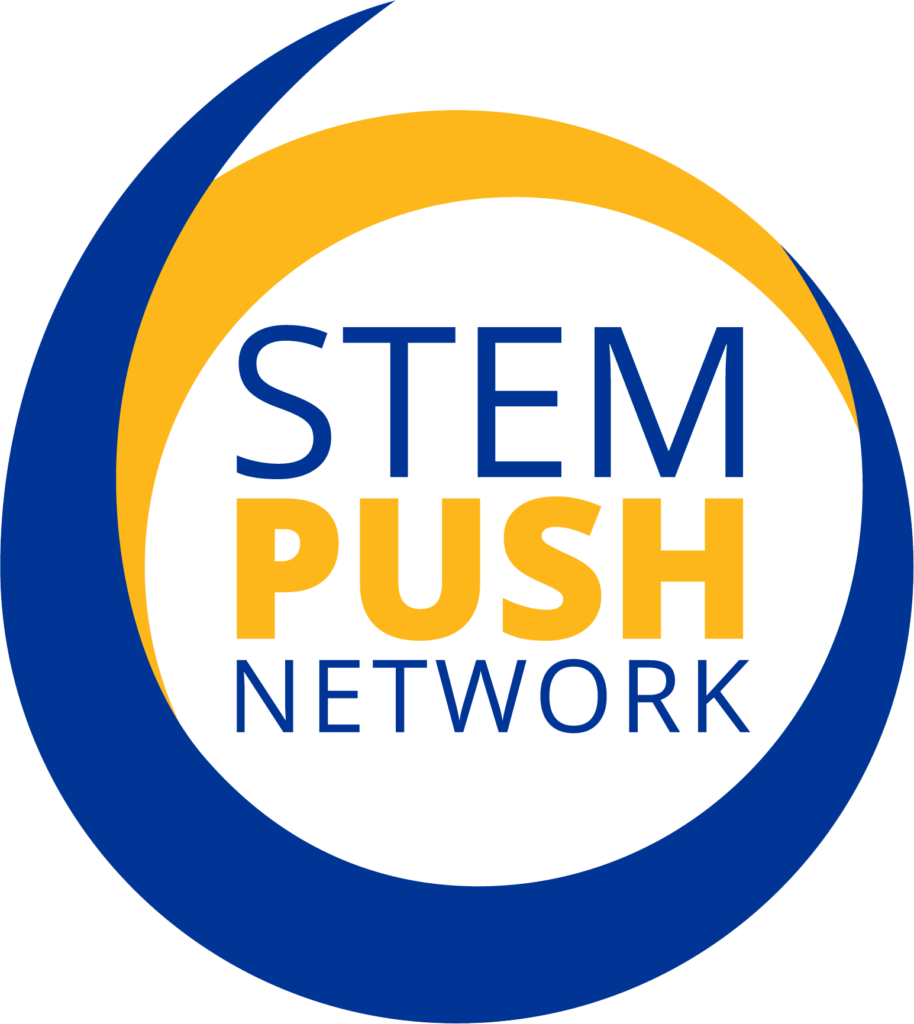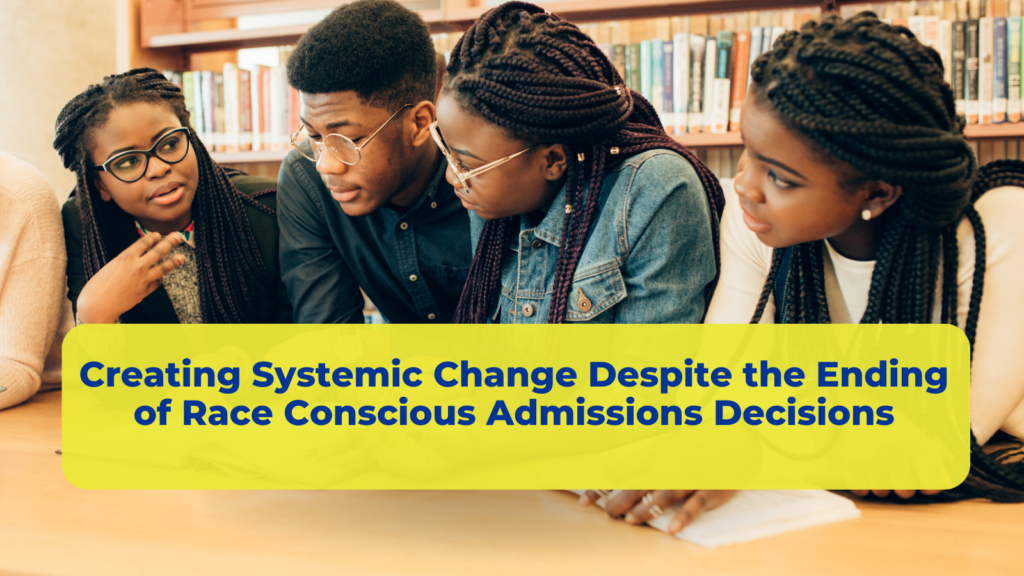For Vince Stewart, the leader of the Bay Area STEM Ecosystem, STEM is not just a flat set of skills connected to science, technology, engineering and math.
Stewart, who also serves as Chief Impact and Program Officer and Senior Managing Director of Education at Children Now, sees STEM as a way of driving systemic change, equity and engaging students in learning that will lead to a lifetime of opportunities. This commitment to deeper and systemic change is what fuels Stewart’s connection to the work of the STEM PUSH Network.
Like the other three ecosystems that work with the STEM PUSH Network, Stewart understands the true potential of STEM as a driver of change.
“It’s a way of teaching, a way of providing instruction that’s more engaging, ideally hands-on,” Stewart said.
Stewart said STEM is far more than bringing children in for a career day or a one-time event.
Referring to one-time STEM events, Stewart said they’re “not lasting. And it doesn’t change the way schools function.”
Instead, Stewart said the goal of his ecosystem’s work is to help foster the type of STEM integration and adoption that will lead to systemic change. “It is always a work in progress,” he noted.
As one of the original four ecosystems that joined the STEM PUSH Network, Stewart said his ecosystem is learning new strategies for encouraging students to pursue and persist in STEM. Additionally, they are working together for reform in the college admissions process so that pre-college STEM programs gain more currency.
The Bay Area STEM Ecosystems is committed to providing all students with access to and enrichment with high quality STEM “and not just those who are interested in pursuing STEM degrees or disciplines or going into STEM careers.”
Stewart explained that much of the ecosystem’s work is focused on connecting organizations and individuals who provide STEM instruction either directly to students or to STEM educators through professional development training.
“A lot of our work is focused on convening, bringing those folks together, sharing of information of data, best practices,” he said. “We also spend a fair amount of effort around policy work at the state level, at the local level and at the regional level.”
“We are very much focused on addressing issues of equity within STEM and making sure that underserved populations and historically underrepresented groups in STEM that there’s targeted, specific and intentional outreach to those groups to bring them sort of more into the fold, if you will.”
Stewart is quick to recognize that the type of systemic change that is needed will not be realized overnight and not always easily understood. Yet, he explains that there are some tangible actions that his ecosystem is pursuing that he believes are easier to understand.
“So, for instance, focusing in on teacher recruitment and teacher professional development is something that’s fairly well understood. People can get their mind around what it would require us to do if we’re talking about outreach to bring more diverse candidates into STEM teaching,” he said.
Additionally, he said his ecosystem is focusing on early STEM instruction as another tangible step for driving the long-term change that they seek.
Stewart said COVID-19 has caused considerable setbacks to his ecosystem’s work, but he said there have also been many bright spots.
He recounted the story of a fourth-grade science teacher in the East Bay of California who took it upon himself to try to improve science instruction for his students. He assembled 5,000 science kits to send to the students.
“He did it through his own initiative and grit and scratching for funds with his district,” he said. “And I think the success story is he proved how effective that was in terms of engaging kids with science, having teachers really appreciate the professional development, that the district came back and funded him for sort of a full round of implementation to where he could serve all the kids that wanted the kits and the teachers who needed and wanted professional development.”
“That’s a real tangible win of seeing somebody take action locally, do something, demonstrate that it’s effective both in terms of teaching science, but also engaging kids through distance learning and then having his school district recognize that we need to invest in this and actually pony up the funds to do it.”

